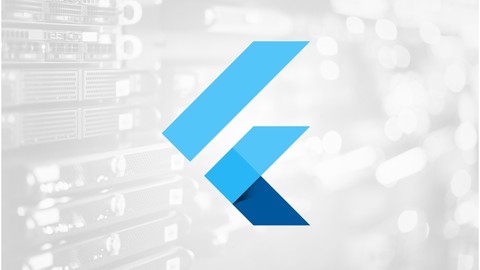
Accounting Financial Accounting Total-beginners To Advanced
Including well over 100 hours of content, e-book (EPUB, MOBI, PDF) ,Excel worksheet, & PDF files, this is comprehensive.
What you’ll learn
- An Introduction to Accounting, The Double Entry Accounting System, & Recording Transactions using Debits and Credits
- Analyze, use, and create from scratch financial statements including a balance sheet, income statement, statement of equity, and statement of cash flows
- Use the concepts of the double entry accounting system
- Record financial transactions using the accounting equation
- Record financial transactions using debits and credits
- Learn when and how to use accounting methods such a the accrual method and cash method
- Apply the concepts related to the revenue recognition principle and the matching principle to recording transactions and reading financial statements
- Record period end adjusting entries and be able to explain why adjusting entries are necessary is a well designed accounting system
- Record merchandising transactions. Record transactions involving inventory
- Track inventory using cost flow methods like FIFO, LIFO, and Weighted Average Methods
- Create and use subsidiary ledgers like accounts receivable by customer and accounts payable by vendor subsidiary ledgers
- Learn how to create and use special journals and how they can be part of an accounting system
- Construct and interpret a bank reconciliation, one of the most critical internal controls
- Be able to implement internal controls over cash
- Value account receivable and record bad debt expense using either the allowance method or direct write off method
- Calculate depreciation using different depreciation methods including straight line depreciation, double declining balance, & units of production depreciation
- Record payroll transactions and calculate net pay and income tax withholding
- Record transaction specific to partnerships including methods to allocate net income to the partners, adding a new partner, and a partner leaving or selling a partnership interest
- Record transaction specific to a corporation including selling capital stock, selling preferred stock, buying treasury stock, issuing cash dividends, and issuing stock dividends
- Record transactions related to the issuance of bonds
- Record transactions related to notes payable. Learn to create an amortization table.
- Construct a statement of cash flows using the direct method and indirect method. We go into more detail about best practices to construct a statement of cash flows than any other course we have seen
Requirements
- This course is an excellent course for beginners as well as advanced learners. We start from the basics and move all the way through financial accounting topics in a systematic way. We will be using some Microsoft Excel worksheet, but we will start off slow as we learn Excel as well. If you do not have Excel, you may be able to open the files using Google Sheets, which is free. If you do not have either of these options, you can move forward without this component of the course. However, Excel worksheets are where learners get to really engage with the material and work through problems. Therefore, we do suggest getting access to Excel or Google Sheets at all possible.
Author(s): Robert (Bob) Steele, Jane Clark



0 Comments